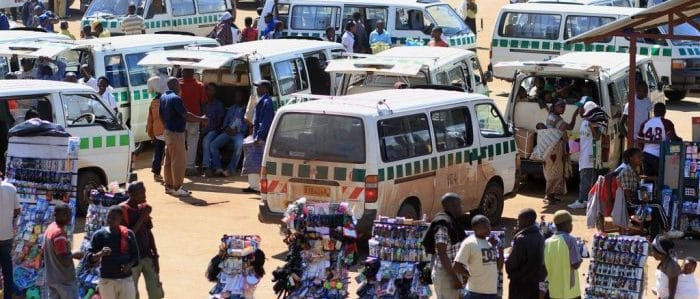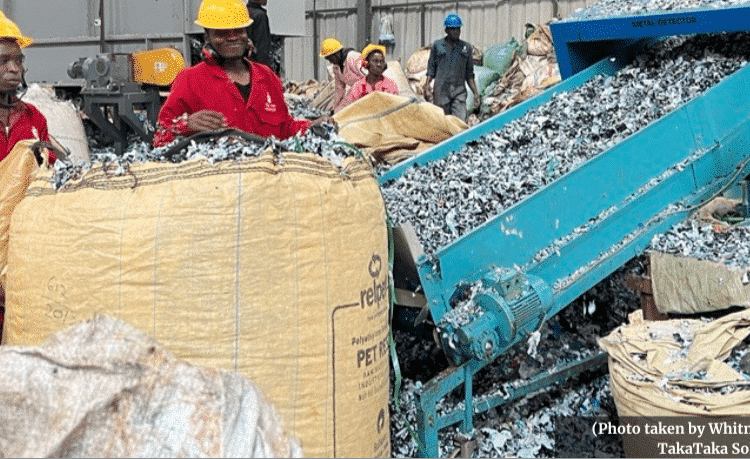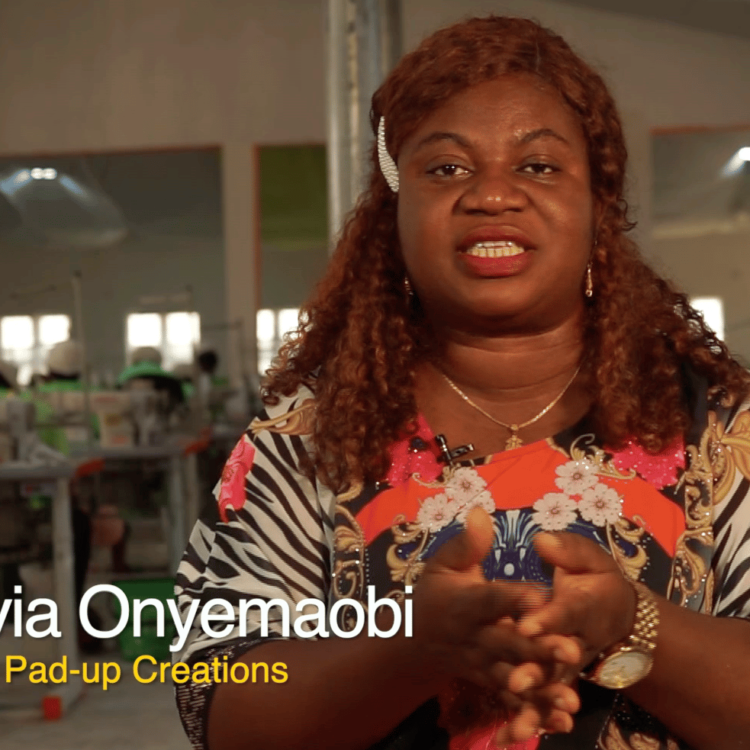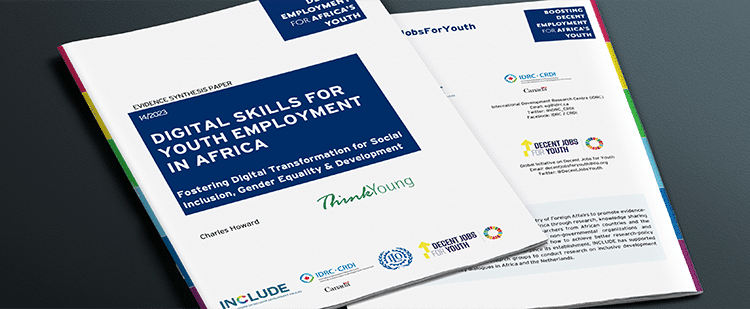
To improve the situation of informal firms it is crucial to treat borderland economies as the space where the formal and informal economies interact. Policies that seek to formalize processes misrepresent the realities of significant numbers of firms. Official recognition of the borderland economy has the potential to boost economic growth.
There is widespread agreement that the informal economy plays a crucial role in many low- and middle-income countries. It is estimated that on average the informal economy accounts for 43.9% of African GDP, 35.0% of the GDP of the Asian countries, and 38.9% of the GDP of Central and South America.1 Despite the sizeable contributions of these informal economic activities to economic development, they are associated with tax evasion and regulation avoidance and generally considered socially irresponsible. Formalization of informal activities is therefore considered desirable and is expected to lead to economic growth, particularly with increased employment and higher labour productivity.
The 104th session of the General Conference of the International Labour Organization, held in Geneva in June 2015, ended with a historic consensus on the adoption of Recommendation 204, which calls for renewed efforts to formalize economic activities or, in the words of the Recommendation, ‘urgent and appropriate measures to enable the transition of workers and economic units from the informal to the formal economy.’ But although the International Labour Conference has put greater emphasis on formalization efforts, the informal economy has proved to be a pervasive phenomenon and can be found in both ‘developed’ and ‘developing’ countries.
Beyond the formal/informal dichotomy
Formalization policies result from a dichotomist view of the economy that separates formal and informal economic activities. However, the dichotomist approach ignores the fact that informal economic actors often interact and exchange with the formal economy. Informal enterprises supply inputs into the production processes of formal enterprises and even engage in export activities.2 This interaction between the formal and informal economy creates a third dimension of formality, the borderland (see graph).
The borderland concept allows us to identify a new category of firms that are neither purely formal nor purely informal: the ‘transformal’ firms. We argue that the borderland emerges partly in response to institutional regulatory barriers and opportunities. Consequently, the economic activities in the borderland are not only need-based and context-adapted, but also reflect demands that may have been hampered by formal regulatory requirements. Firms acting in the borderland are prolific and expand when opportunities present themselves, which indicates that their activities go way beyond mere survival. The contributions of the informal economy to GDP support this notion.
Stylized borderland economy

How then can the enterprises operating in the borderland be identified? As an operational definition for classifying firms as formal, transformal or informal we propose the following three formality criteria, which can easily be expanded: registration of the enterprise, existence of a bank account in the name of the enterprise, and the presence of an official balance sheet. Firms in the borderland choose different degrees of formality. Transformal firms satisfy only one or two of the formality criteria, for example being registered but not having an official balance sheet or bank account. This puts transformal firms in the borderland economy somewhere between purely formal and purely informal.
The economic potential of informal and borderland activities
Why do we need this new classification of enterprise activities? While the ILO advocates the transition of the informal to the formal economy, we argue for an acknowledgement of informal and borderland economic activities because they make a considerable contribution to GDP. Informal economic activities are a diversified set of economic activities, ranging from self-employment in small unregistered enterprises to wage employment in unprotected jobs. For example, the informal economy in Bolivia makes up as much as 65.5% of GDP, in Nigeria it is 76% and in Egypt 68%.3 By acknowledging these activities, policies can be put in place that foster the economic potential of informal and transformal economic actors without imposing technical and administrative formality requirements on them.
First, acknowledging the borderland allows governments to identify emerging priorities and the needs of informal and transformal enterprises. Institutional and political recognition of borderland firms responds to their demand for credit and visibility, which can help to deepen and widen their business opportunities, while increasing the capital base of borderland firms can boost existing processes of innovation and change. Making informal actors visible and eligible for governmental and donor projects helps these entrepreneurs to develop and acknowledges them as rightholders and stakeholders.
Second, acknowledging the borderland allows governments to bring informal organizations and representatives into the policymaking process. Participation in these processes gives a collective voice to borderland firms and their employees and allows them to make their demands and needs visible by influencing the political agenda on market development.
Third, acknowledging the borderland allows governments to implement policies to link the formal and informal economy or strengthening existing linkages. The borderland economy already has numerous linkages with the formal sector. Prominent examples are the trade and construction sectors.3 Acknowledging the borderland and the linkages between the formal and informal economies has the potential to foster collaboration, increase the exchange of knowledge and integrate the different economic actors within the overall economic environment.
Recognizing the capacity of actors in the borderland and giving them political visibility has the potential to boost economic growth and represents a valid alternative to formalization efforts.
Footnotes
1. Schneider, F. and Enste, D. (2000) Shadow Economies Around the World – Size, Causes, and Consequences. International Monetary Fund.
2. Floridi, A., Wagner, N. and Cameron, J. (2016) A Study of Egyptian and Palestine Trans-formal Firms – A Neglected Category Operating in the Borderland Between Formality and Informality. ISS Working Paper No. 619.
3. Budlender D., Buwembo, P. Chobokoane, N. and Shabalala N. (2001) The Informal Economy: Statistical Data and Research Findings Country Case Study: South Africa. Paper produced for Women in Informal Employment Globalising and Organising, WIEGO.




